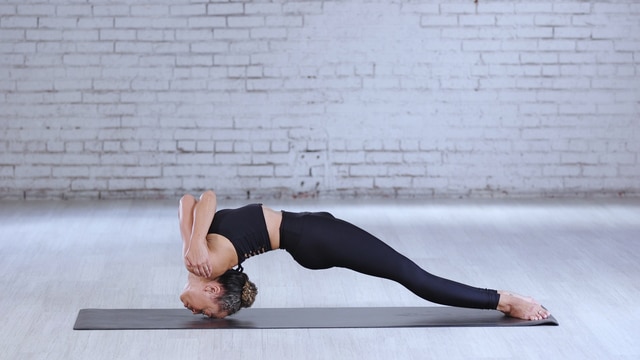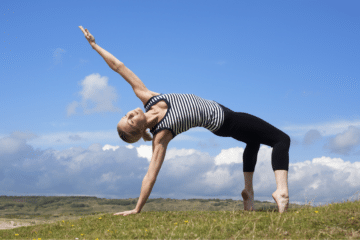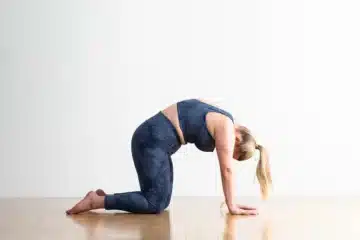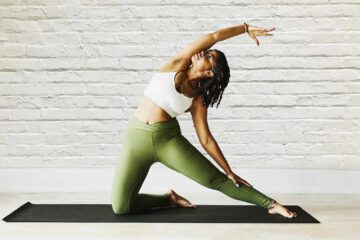At the heart of Ashtanga Yoga practice lies a dynamic sequence of poses known as the Primary Series. These carefully curated asanas, or postures, are designed to purify the body, calm the mind, and awaken the spirit.
In this article, we will take an in-depth look at the essential poses of the Ashtanga Yoga Primary Series, their benefits, and how they work together to create a holistic and transformative practice experience.
Tadasana (Mountain Pose)
Tadasana serves as the starting point for the Ashtanga Yoga practice, grounding practitioners in a strong and stable foundation. This foundational pose improves posture, strengthens the legs and core muscles, and cultivates a sense of rootedness and presence.
Padangusthasana (Big Toe Pose)
Padangusthasana involves forward bending while holding the big toes with the fingers. This pose stretches the hamstrings, calves, and spine, improves digestion, and promotes relaxation. It also helps to calm the mind and relieve stress and anxiety.
Uttanasana (Standing Forward Bend)
Uttanasana continues the forward bending sequence, elongating the spine and releasing tension in the back, hamstrings, and neck. This pose improves flexibility, stimulates the abdominal organs, and promotes a sense of surrender and letting go.
Ardha Uttanasana (Half Standing Forward Bend)
Ardha Uttanasana provides a halfway point between standing and forward bending, allowing practitioners to lengthen the spine and engage the core muscles. This pose strengthens the back muscles, improves posture, and enhances concentration and focus.
Chaturanga Dandasana (Four-Limbed Staff Pose)
Chaturanga Dandasana is a challenging pose that builds upper body strength, particularly in the arms, shoulders, and core. This pose also strengthens the wrists and tones the abdominal muscles. It is often used as a transition pose between the standing and seated sequences.
Urdhva Mukha Svanasana (Upward Facing Dog Pose)
Urdhva Mukha Svanasana is an invigorating backbend that opens the chest, strengthens the arms and wrists, and stretches the abdominal muscles. This pose improves posture, relieves mild depression and fatigue, and stimulates the abdominal organs.
Adho Mukha Svanasana (Downward Facing Dog Pose)
Adho Mukha Svanasana is a rejuvenating inversion that lengthens the spine, strengthens the arms and shoulders, and stretches the hamstrings and calves. This pose also improves circulation, calms the mind, and relieves stress and anxiety.
Padmasana (Lotus Pose)
Padmasana is a classic seated posture that promotes deep relaxation and concentration. This pose opens the hips and groin, lengthens the spine, and improves posture. It is often used as a meditation seat, fostering inner stillness and tranquility.
Conclusion
The Ashtanga Yoga Primary Series offers a comprehensive and systematic approach to physical, mental, and spiritual well-being.
By practicing the essential poses of the Primary Series with mindfulness, intention, and dedication, practitioners can experience profound transformation in body, mind, and spirit.
Whether you’re new to Ashtanga Yoga or a seasoned practitioner, exploring these essential poses can deepen your practice and enrich your understanding of yoga as a holistic path to health and happiness.



